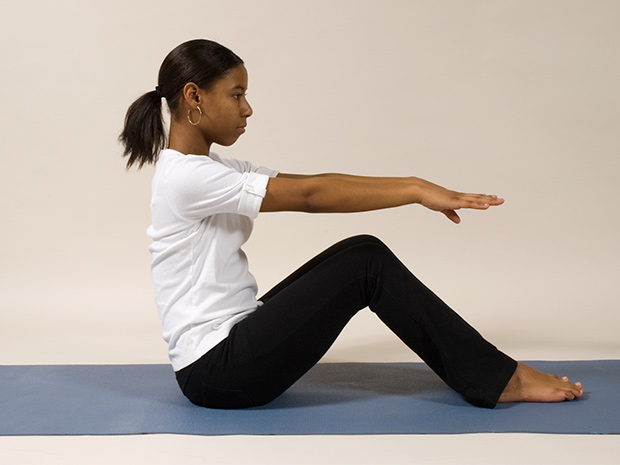Physiotherapist, Dr. Chris Okafor Stresses On Doing This One Thing For Quick Healing Of Wounds In People Living With Diabetes

Many people with diabetes develop wounds that are slow to heal, do not heal well, or never heal. Sometimes, an infection might develop.
A person who manages their diabetes well can improve the rate at which wounds heal and reduce the chances of developing a severe infection. One of the ways to manage diabetes wound, according to a Physiotherapist is to embrace exercise.
This is because exercise has been scientifically proven to be beneficial to wound healing in people suffering from chronic conditions.
A Senior Lecturer in the Department of Physiotherapy, College of Medicine, University of Lagos, Dr. Chris Okafor, disclosed this during an interview with PUNCH HealthWise, adding that exercise helps in the management of chronic diseases diabetes, hypertension, osteoporosis, stroke, cancer and anxiety depression.
Okafor said that generally, exercises are beneficial to older adults and have been found to reduce the development and progression of certain conditions.
According to the physiotherapist, exercise aid the movement of blood flow to tissues. He explained,
“Exercise has been found to be beneficial in wound healing, especially in those living with diabetes. It quickens the rate of healing. This is established in medical literature.
“In wound healing, you talk about the tissues that are broken down, the wound itself, you talk about the possibility of infection which may come in. There is usually a reduction in blood flow to the tissues around the wound itself.
READ ALSO: World Diabetes Day: Health Expert Shares Simple Lifestyle Measures To Tame Diabetes
“So, what exercise does is to reactivate the tissues by increasing blood flow and make blood to reach where it ought to reach and by so doing, there is reactivation of tissues and the healing process is activated and it is quicker.
“Exercise brings quick healing of wound in both adults and children. Exercises are recommended in the management of chronic conditions.”
The senior lecturer noted that brain cells work better when there is enough oxygenation — blood flow to other tissues in the body.
He stated that exercise improves the quality of life and reduces risk of chronic conditions.
“Quality of life is an issue that has been found to be a major discussion. Some individuals who are rich have found out that their quality of life is still not good or it is low due to one reason or the other.
“So, the quality of life has not been directly linked to affluence. It is not as if the richer you are, the higher your quality of life
“Exercise has a way of improving quality of life because it kind of gives you a sense of fulfilment and by the time you have gone out to exercise, you bring yourself to an optimal level of performance and functionality.
“This helps you to believe in your self that I can do this. It helps to give you a sense of fulfilment and achievement”,
he said.
According to the World Health Organisation, up to five million deaths a year could be averted if the global population was more active.
WHO guidelines recommend at least 150 to 300 minutes of moderate to vigorous aerobic activity per week for all adults, including people living with chronic conditions or disability, and an average of 60 minutes per day for children and adolescents.
The world health body notes that regular physical activity is key to preventing and helping to manage heart disease, type-2 diabetes, and cancer, as well as reducing symptoms of depression and anxiety, reducing cognitive decline, improving memory and boosting brain health.
READ ALSO: RESEARCH: 12 Life-threatening Things That Can Happen To Your Body If You Don’t Exercise
“Being physically active is critical for health and well-being – it can help to add years to life and life to years,”
says WHO Director-General Dr. Tedros Ghebreyesus.
“All physical activity is beneficial and can be done as part of work, sport and leisure or transport (walking, wheeling and cycling), but also through dance, play and everyday household tasks, like gardening and cleaning”,
the WHO chief said.


